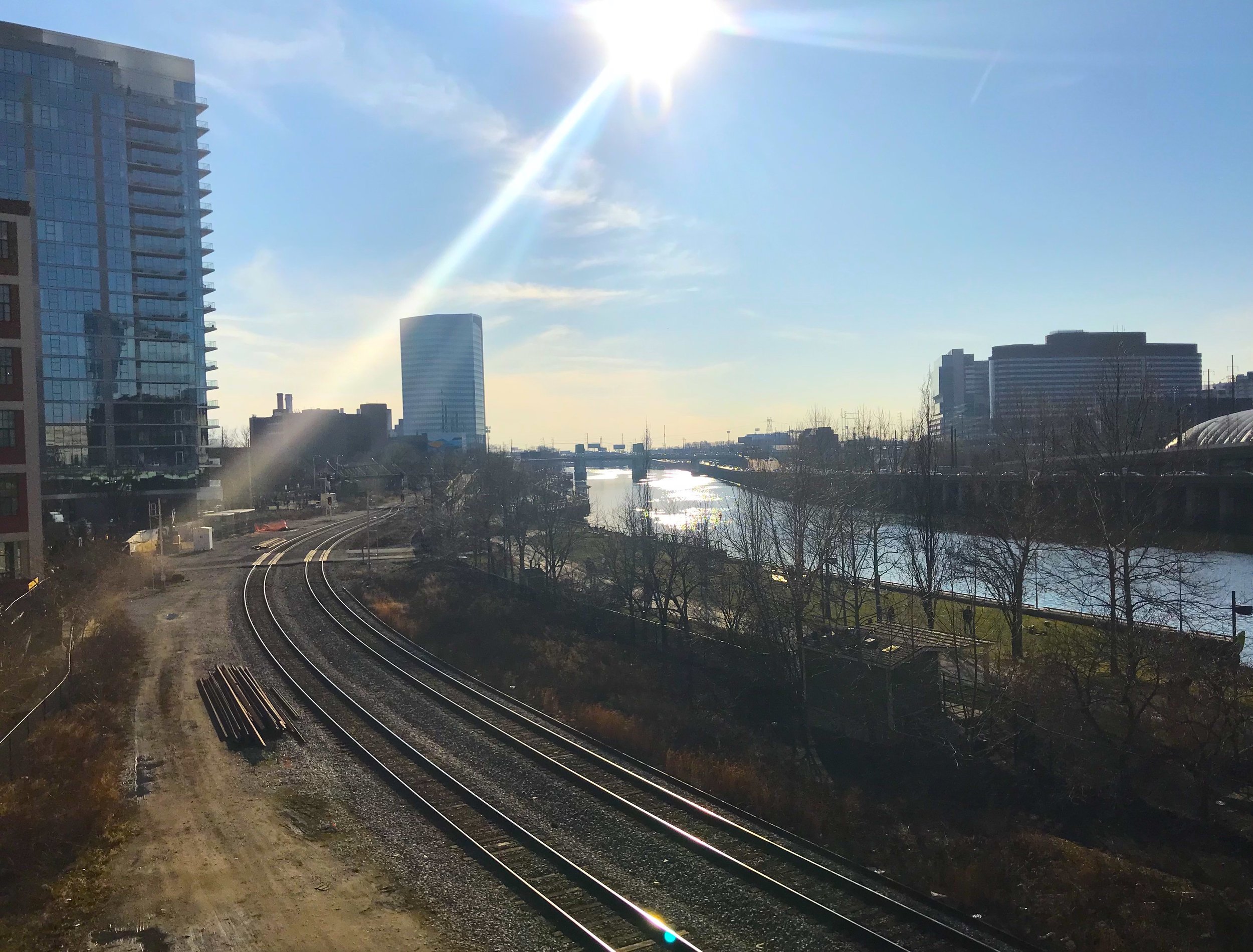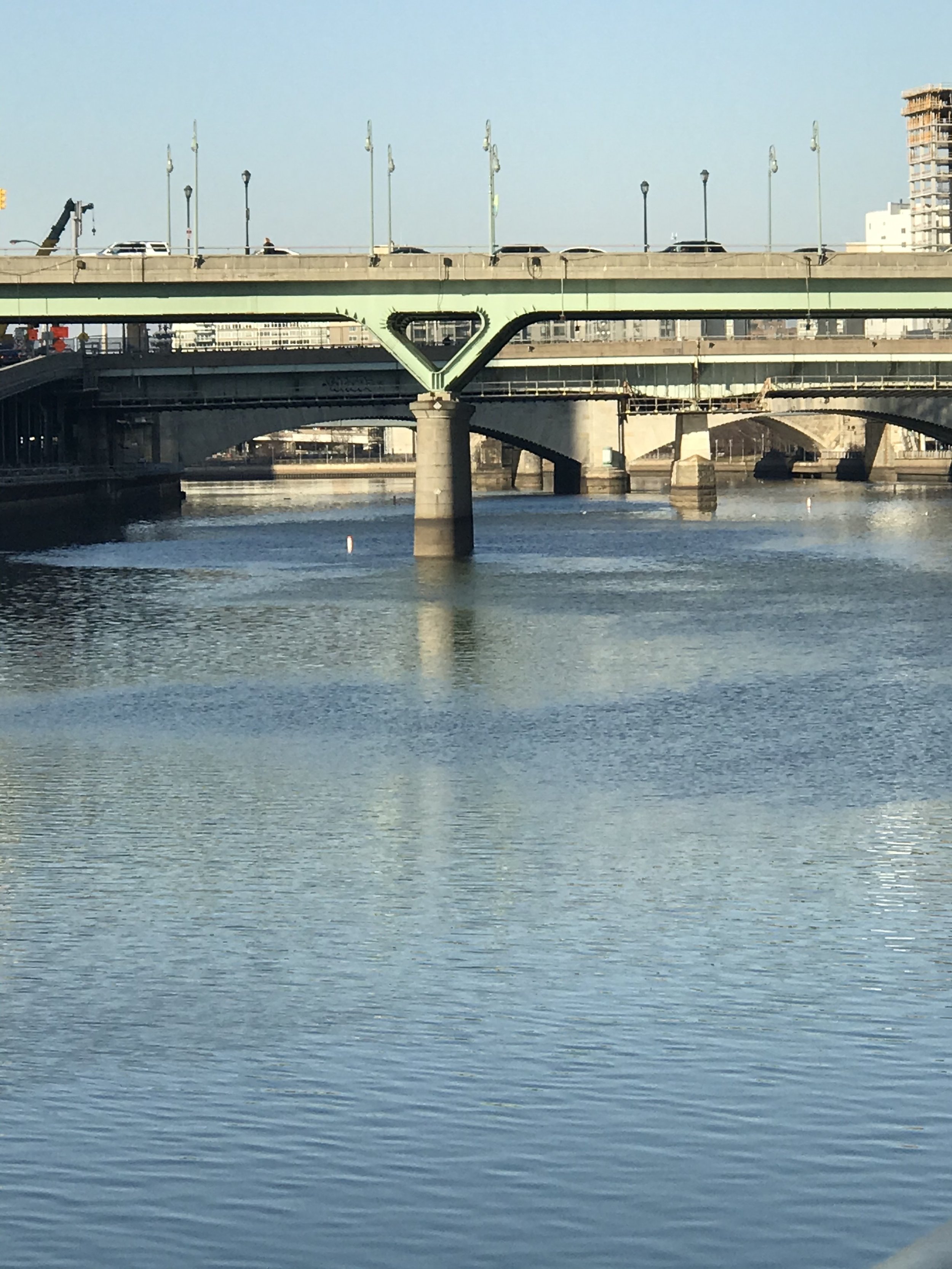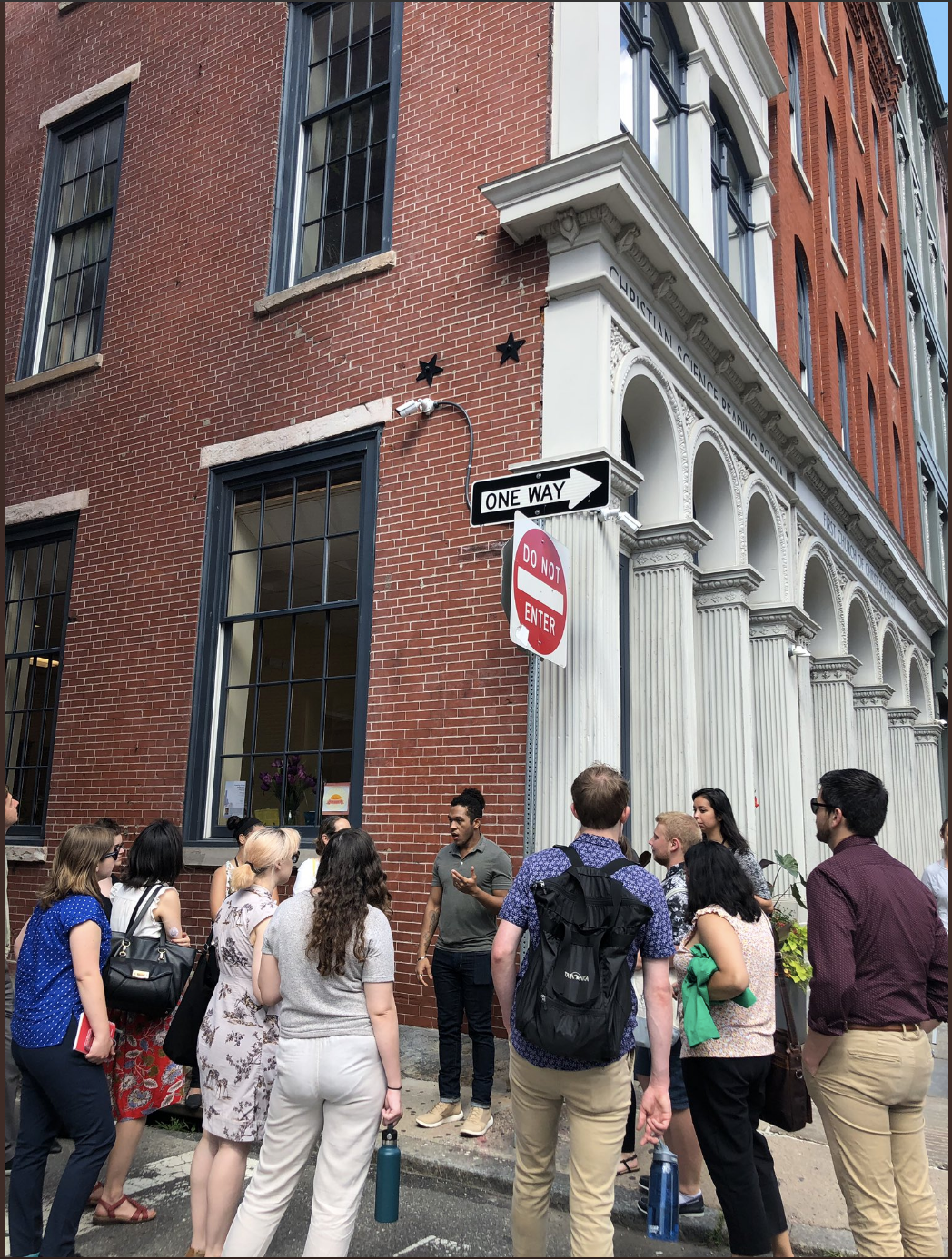Areas and Interests
Indigenous studies | Dispossession and forced migration | Black-Indigenous life | Performance and aesthetics | Environmental studies | Creative writing | Queer theory
What do we need to feel safe, brave, and capable enough to share our experiences?
Broadly my research interests are in the historical, discursive, and performance worlds of indigeneity that offer critiques of the multicultural settler state by bringing into view the kinds of Indigenous people whom the state deems impossible, inconvenient, unfit, or unwell. In focusing on the inventive strategies for survival Indigenous peoples use, my aim is to develop a language of Indigenous cultural critique that resists American political hegemony. Displacement and dispossession are never fully complete, and my work examines the environmental, discursive, and material strategies the state uses to remove, limit, or deny Indigenous people access to meaningful livelihoods. I situate my work in the urban coastal Northeast for three primary reasons. First, this reflects my own upbringing as a person of Black and Nanticoke Lenni-Lenape descent from an unremoved Lenape community in the Mid-Atlantic region. Second, given the general lack of federal recognition of the sovereignty of tribal communities in the urban coastal Northeast, I am interested in what other ways Indigenous peoples enact self-determination in the ongoing discursive, cultural, spatial, and political afterlife of displacement and dispossession. Third, the history of internal displacement in the urban coastal Northeast reveals how the terms and conditions of forced migration are structured by race, colonialism, and ideas of competence.
My current scholarly research explores multitribal life in Philadelphia and offers a narrative of the practices of Native peoples that confronted the city’s multicultural, colonial, and ableist logics of recognition, imagining alternative forms of community that better support a broad idea of wellness. This project reads various debris by these ephemeral moments that form a landscape of inter-Indigenous relations and develops a language for the conditions of Indigenous life. I read an eclectic set of archival material in conjunction with public performance, queer theories of futurity, and a social model of disability to narrate strategies of survival and hope in the wake of the biosocial violence of settler colonialism. Through this project I reflect on the creative (literal and metaphorical) strategies used by Indigenous peoples to re-articulate their narrative, political, and embodied sovereignty that offer a critique of the discursive, spatial, and political collisions between gentrification, displacement, self-determination, and competence.
How can storytelling build and sustain social change?





